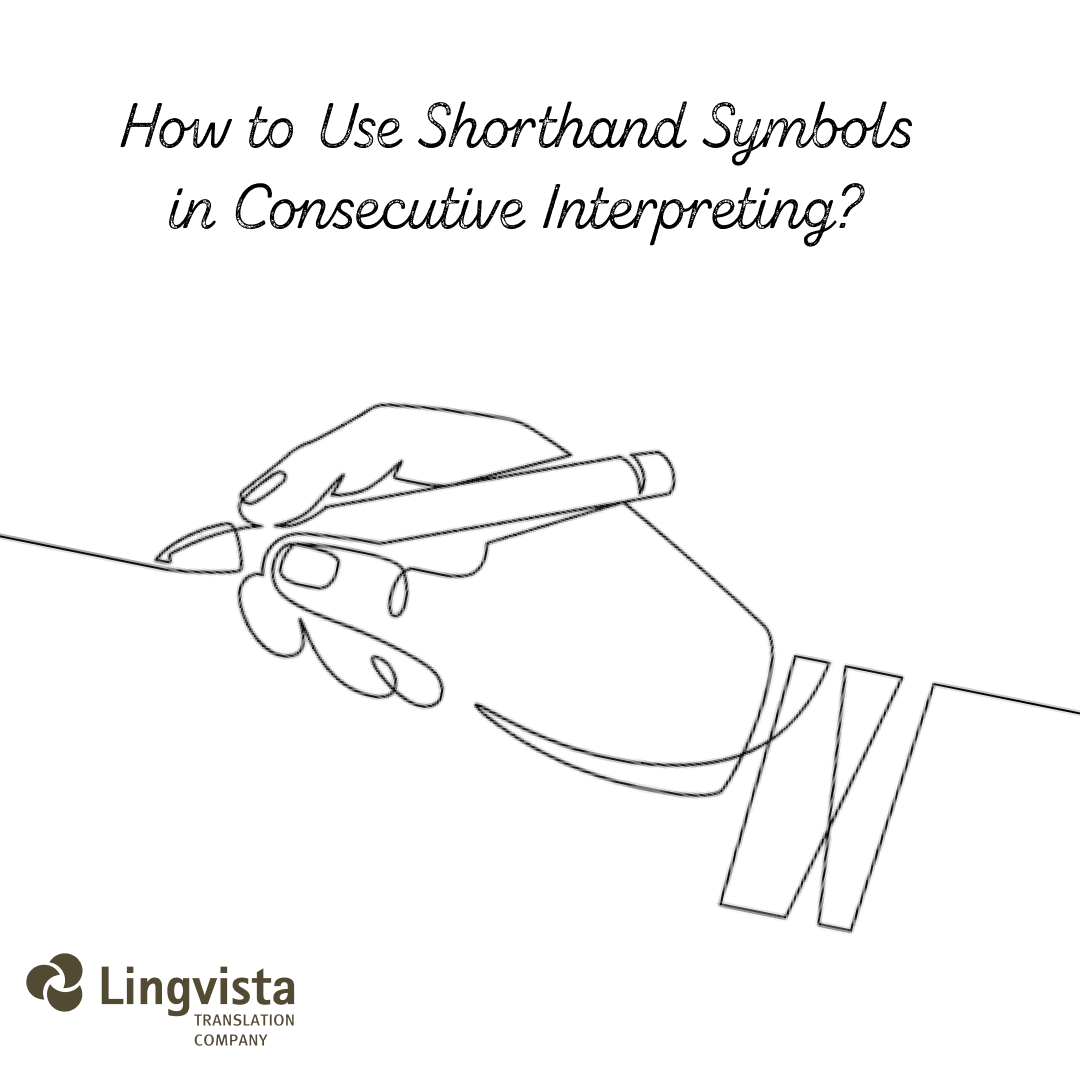In consecutive interpreting, shorthand signs and symbols help the interpreter quickly and efficiently capture the main ideas and connections within the speech. They reduce complex syntactic structures and diverse vocabulary to a simple set of key concepts: who did what, and how these actions are related.
Typically, notes are organized into three main columns:
1. Key participants and subjects of the speech;
2. Actions and verbs (what was done);
3. Logical connections and circumstances.
It is important not to aim to write down every word fully or replace every word with a symbol. Sometimes it is more practical to write down keywords or abbreviated fragments, especially for longer words. For example, words can be shortened to their first part, consonants only, or represented by abbreviations and numbers. Symbols and signs are a helpful tool, not a strict rule.
What can be recorded in the columns:
• Abbreviations;
• Word fragments;
• Simple symbols or arrows to show logical connections;
• Numbers, if mentioned in the speech;
• Sometimes it is better to write the full word, especially if it is unfamiliar or requires precision (such as names, company names, places).
The choice of language for notes is a matter of personal preference. You may write in the source language, the target language, or even mix them. The key is that your notes are clear to you and help you quickly navigate the content.
Some tips:
• Don’t hesitate to write full words if you are unsure about the symbols.
• Simplify by shortening words moderately but not excessively.
• Use abbreviations and symbols for frequently recurring concepts.
• For unfamiliar names and toponyms, it is better to write more fully.
• Develop the skill to see the deeper structure of meaning behind the surface diversity of speech—this is the main purpose of shorthand.
Ultimately, the ability to work with basic signs and symbols is just a tool that helps you capture the essence of speech more quickly and accurately, giving you freedom to focus on better translation and adaptation. Interpreting shorthand is not a rigid set of rules, but a personal and convenient skill that grows with experience and helps you successfully handle spoken language of any level of complexity.


